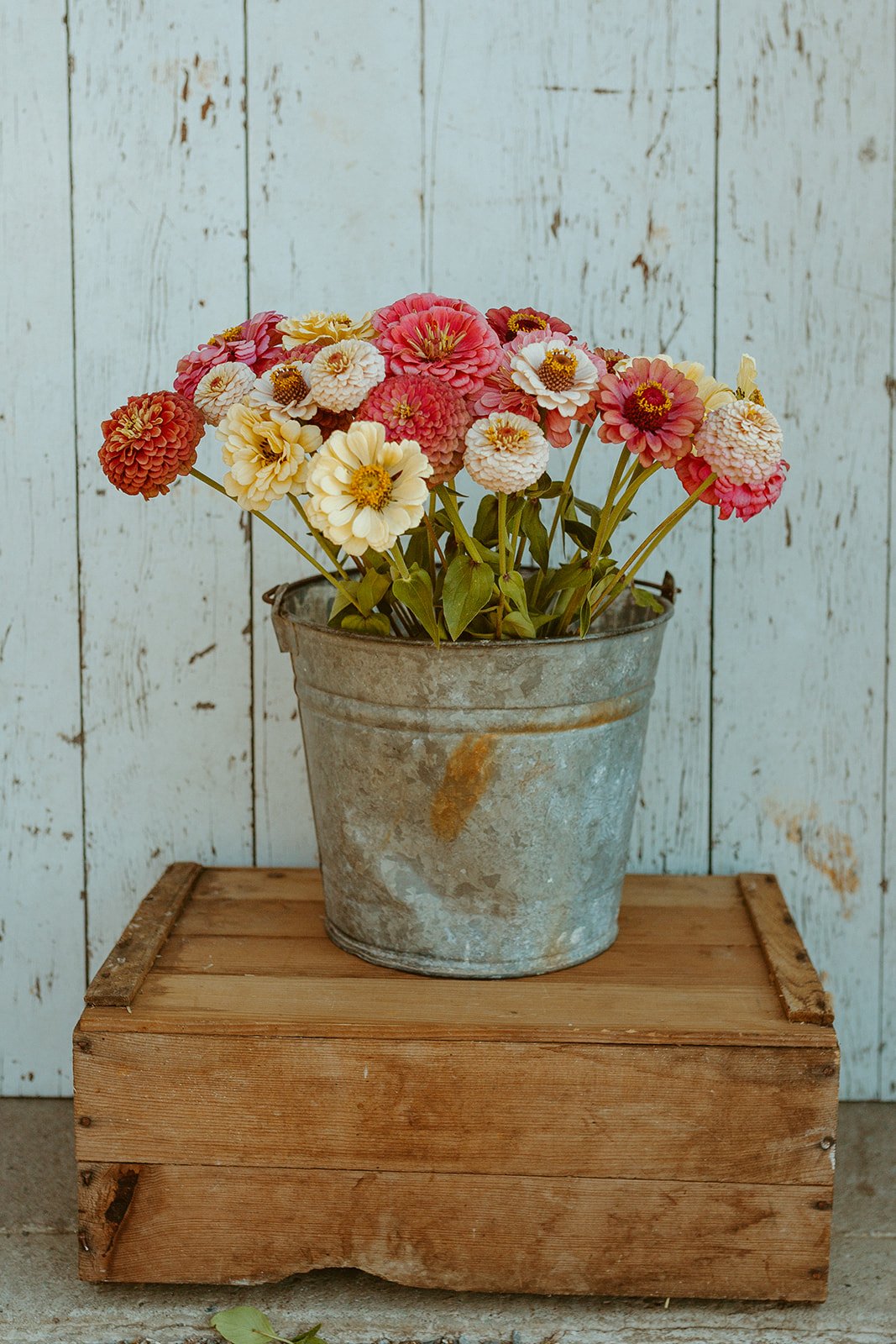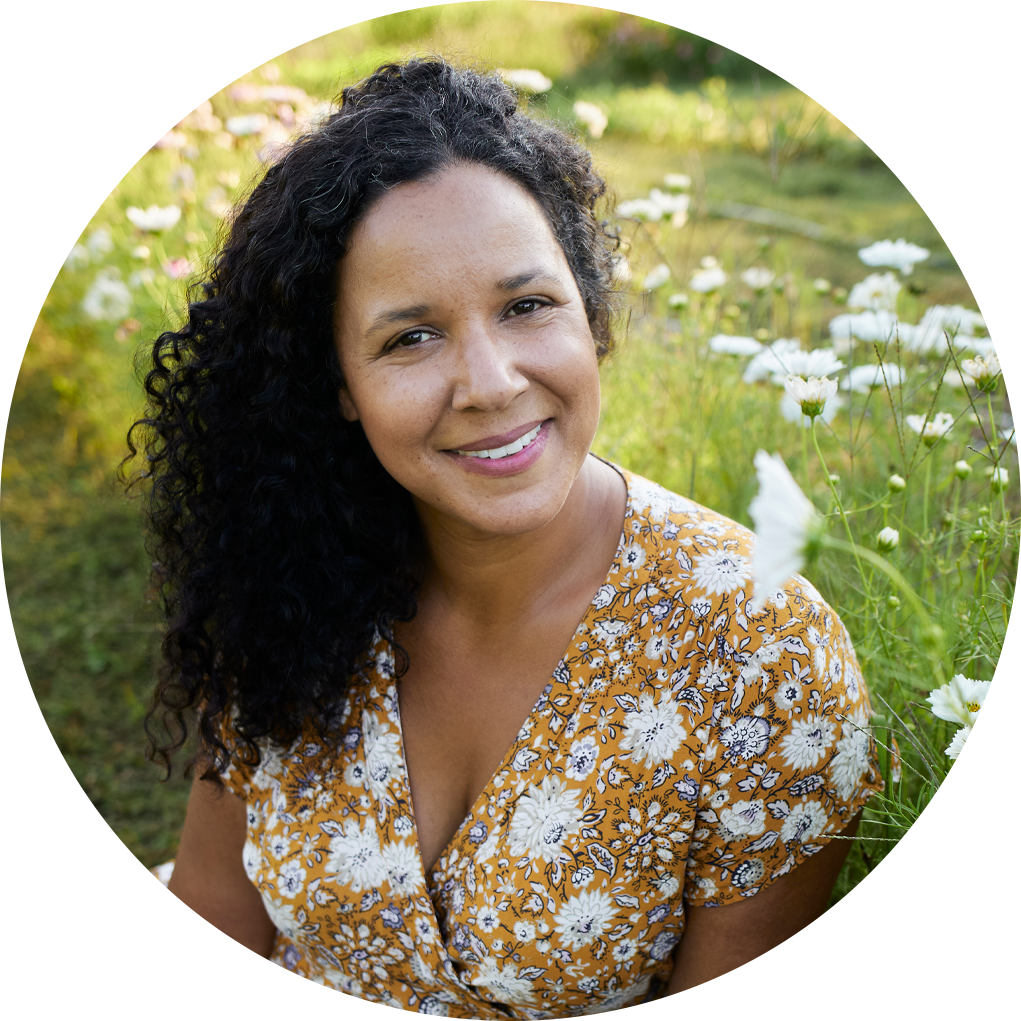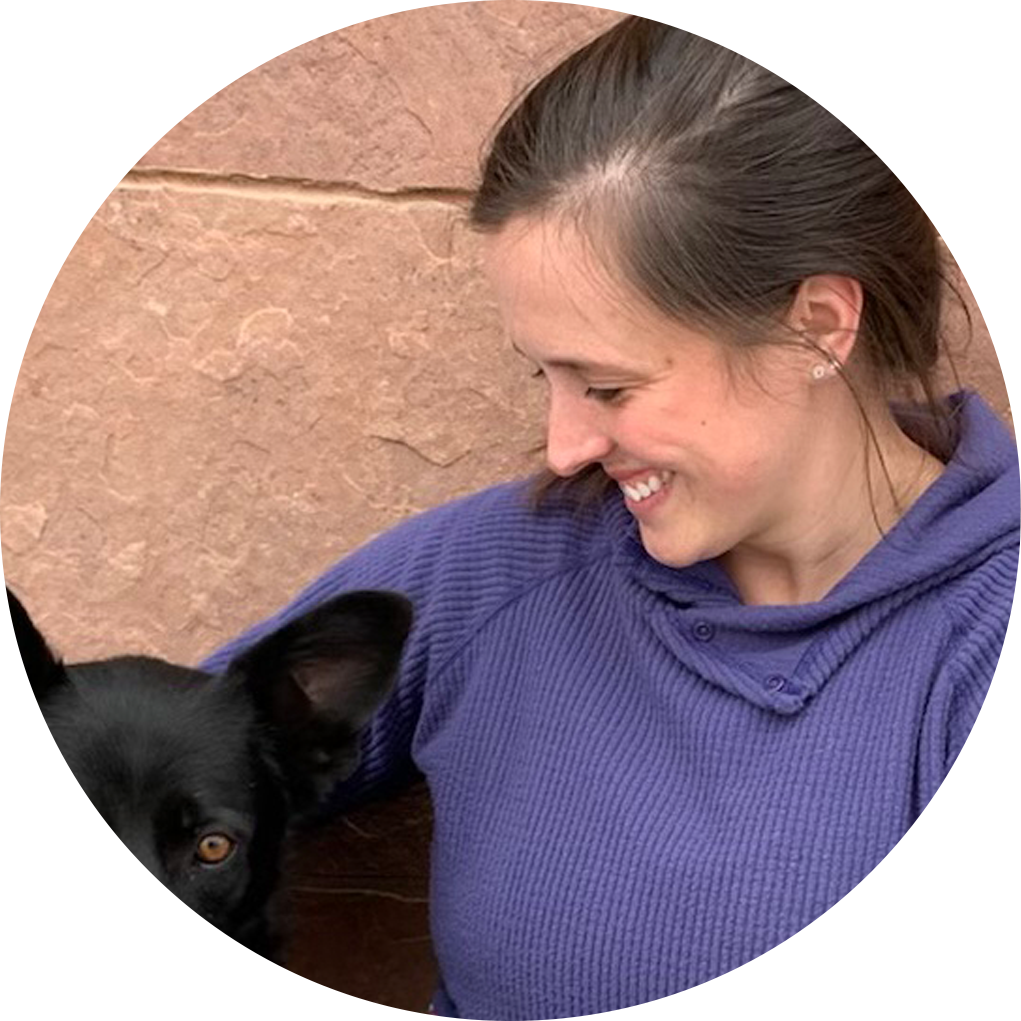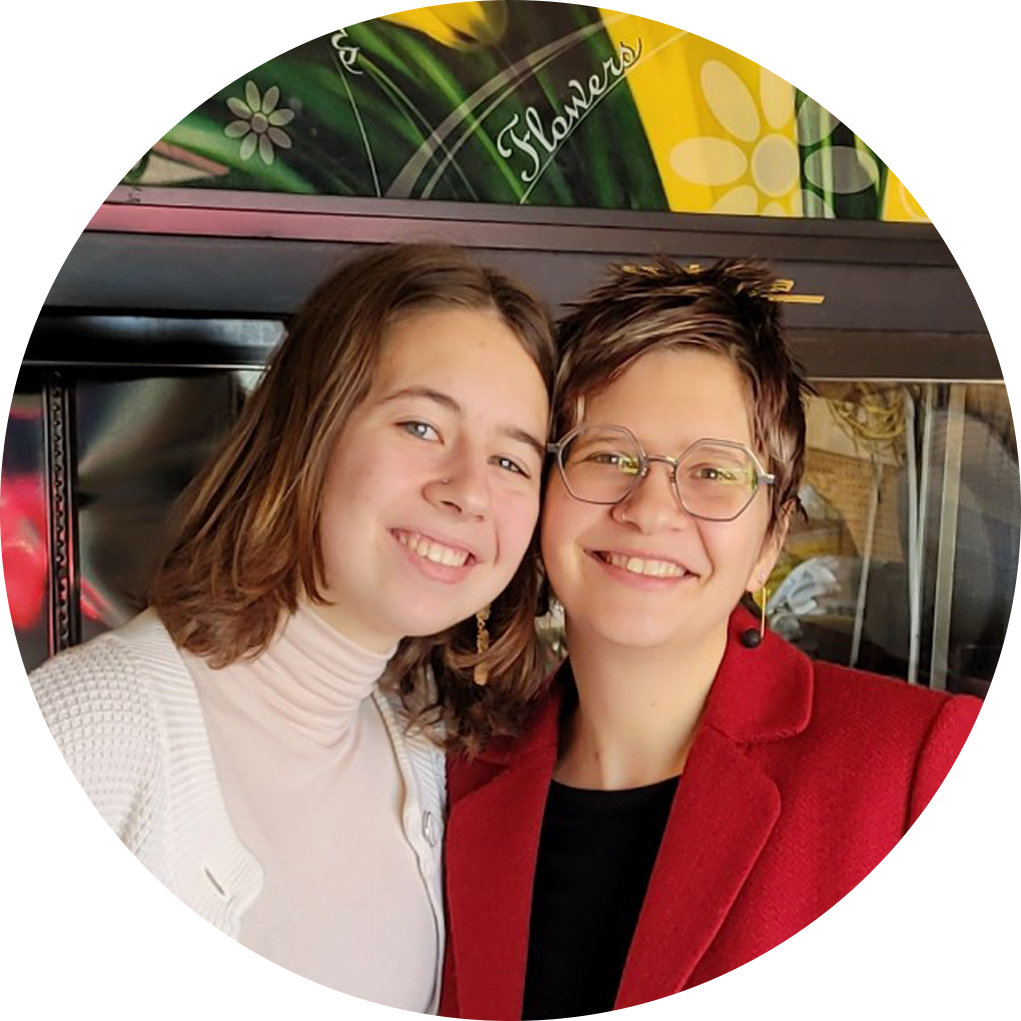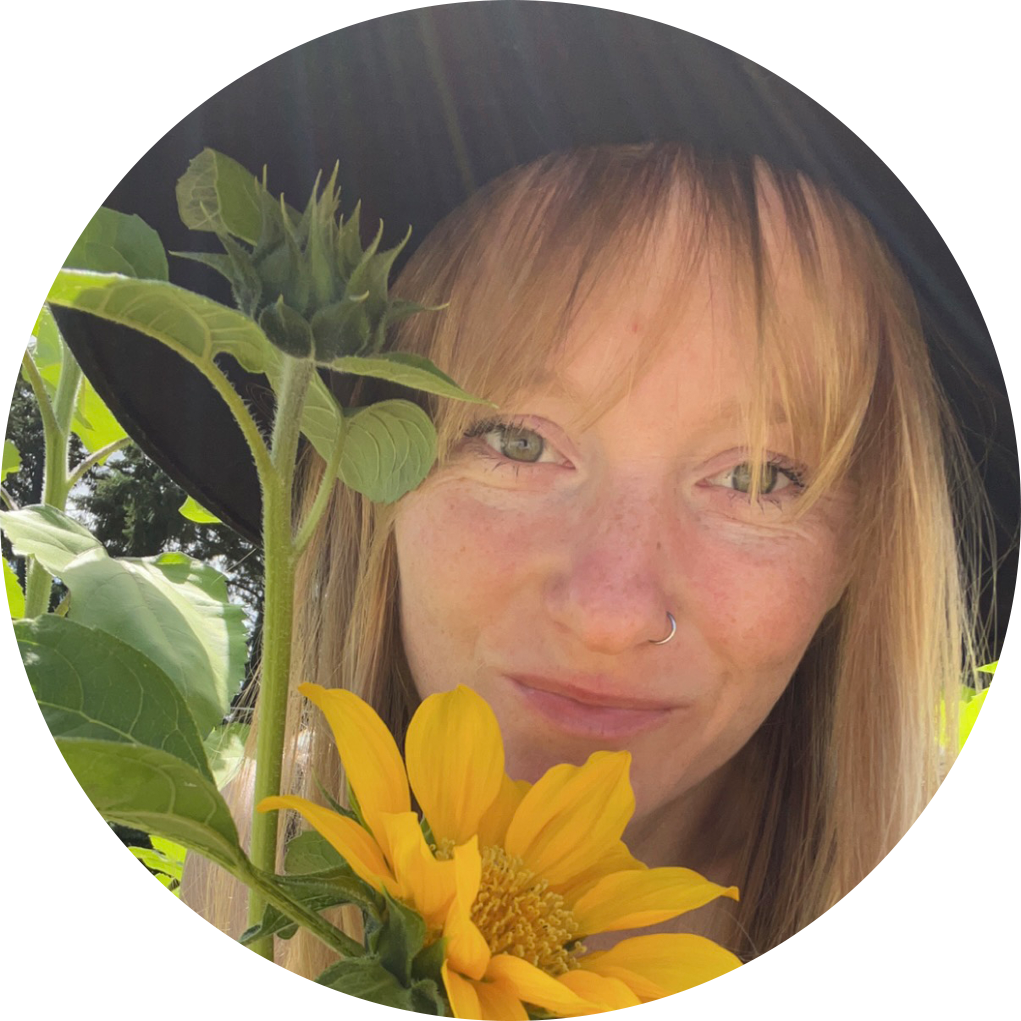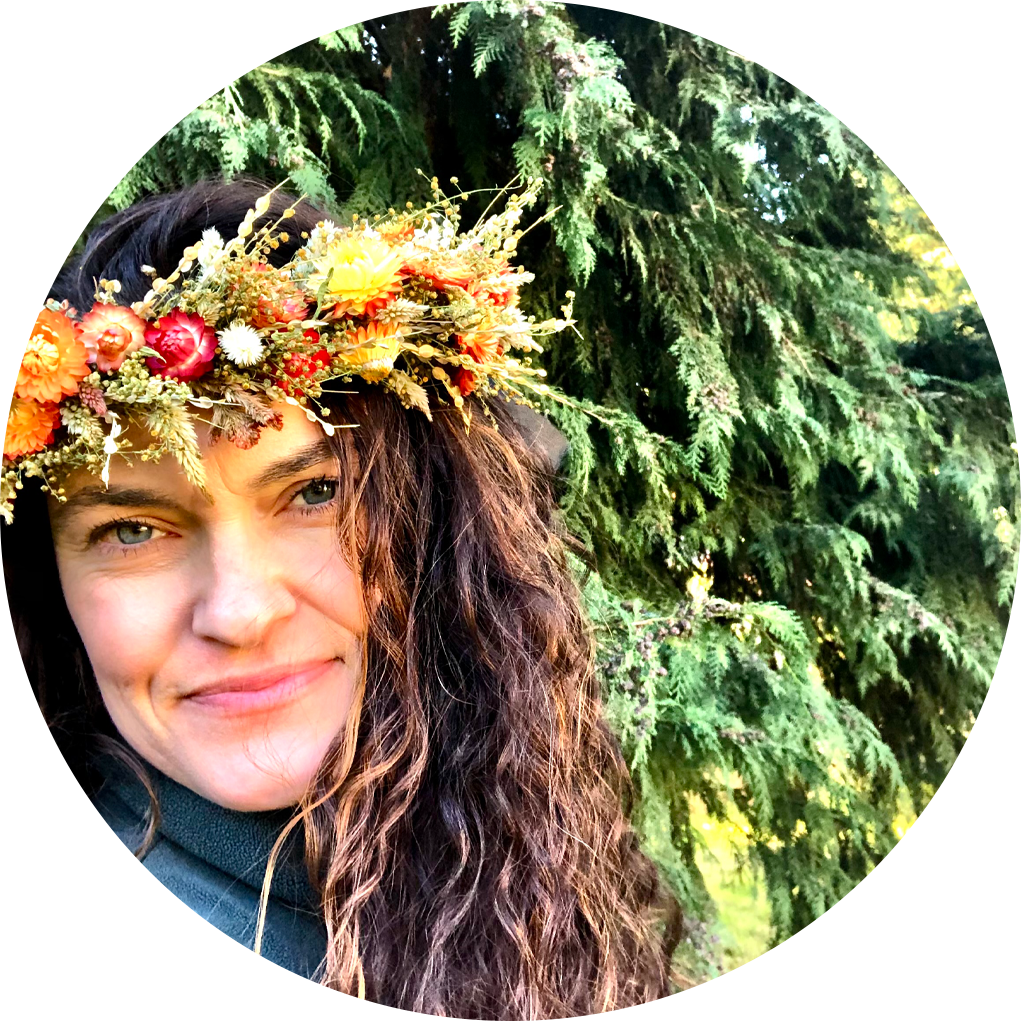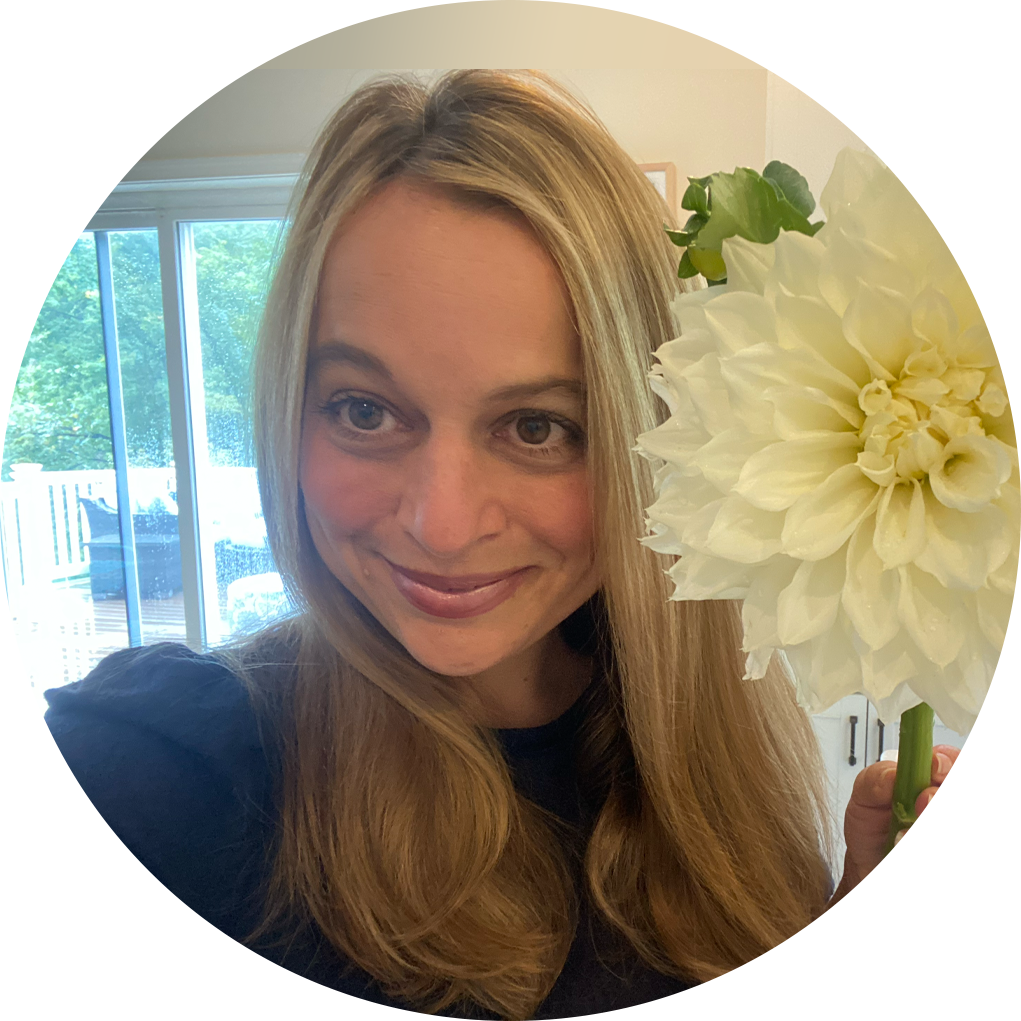Ideas and Inspiration for Your Give Two Challenge
Sometimes the hardest part of giving is just knowing where to begin.
You’ve gathered your flowers, printed your bouquet tags, and you're ready to share some beauty and kindness—but then you pause.
Who do I give to? Where do I go? What if I don’t know someone who needs this?
Here’s the beautiful truth: you don’t need to know all the answers to make an impact. Often, the most meaningful acts of kindness begin not with a plan, but with a quiet nudge in the heart. That gentle feeling that says, “Just go here. Just ask them. Just try.”
And when we follow that feeling, something beautiful almost always unfolds.
The Power of Inviting Someone Else Into the Joy of Giving
The heart of the Give Two Challenge is simple:
Give one bouquet to someone in service to your community.
Invite them to give the second bouquet to someone they know who needs a little extra kindness.
That second step is where the magic happens.
By inviting someone else into the joy of giving, we create a ripple of kindness that goes beyond us. And when that “someone else” is a service worker—a librarian, a receptionist, a bus driver, a school counselor—we’re tapping into a deep well of community wisdom and care.
These individuals often have their finger on the pulse of the community. They see needs we may never know exist. They interact daily with people who are struggling, celebrating, or simply needing to be seen. And when we place kindness in their hands, we empower them to extend it in ways that are deeply personal and incredibly powerful.
Need Ideas? Here Are 30 People You Can Share Your Bouquets With
Community & Education
School receptionist
Crossing guard
Librarian
Teacher
Classroom aide
School nurse
Childcare provider
After-school program staff
Healthcare & Wellness
Nurse
Doctor’s office receptionist
Therapist or counselor
Physical therapist
Dental hygienist
Long-term care home staff
Hospice worker
Social worker
Public Service & Safety
Firefighter
Police officer
EMT/paramedic
Post office clerk
Mail carrier
Transit driver or station attendant
City hall receptionist or public service clerk
Animal shelter staff or volunteer
Veterinary clinic receptionist or tech
Everyday Helpers & Essential Workers
Grocery store clerk
Coffee shop barista
Bank teller
Trash/recycling pickup crew
Delivery driver
Restaurant host or takeout staff
And if you’re still not sure where to go, that’s okay. Trust your instinct. Walk into a space you visit often. Start with a place where you already feel connected. You don’t have to know the perfect person—just show up with open hands and a willing heart. The rest often unfolds in ways you could never predict.
A Quiet Act with a Big Impact
You might not see the full circle of your kindness—but the person you invite to give the second bouquet just might.
They may witness a tearful smile.
They may hear a story that was just waiting to be shared.
They may be moved themselves in ways they didn’t expect.
And you? You’ll know you were part of something meaningful.
What Is the Give Two Challenge?
The Give Two Challenge is a simple invitation to spread kindness through flowers.
Here’s how it works:
You gather two bouquets or stems
You give one to someone in service to your community
You invite them to give the second bouquet to someone they believe could use a little love
You attach a Growing Kindness bouquet tag so each bouquet carries the story of the movement
You share your story, so others are inspired to give too
This simple act can brighten not just one life—but two, and maybe many more.
Why Your Story Matters
Your story has the power to spark someone else’s courage to give. When you share your experience, you help others believe that their small act of kindness can matter, too.
We would love to hear about your Give Two experience—whether it was big, small, awkward, surprising, or heartwarming.
Click here to share your story and help grow the ripple of kindness. You never know who it might inspire.
Whether you're giving to someone you know, someone you see weekly, or someone you've never met before—your kindness counts. Every stem, every smile, every bouquet is a seed planted in the soil of community and care.
Let’s grow something beautiful—together.









